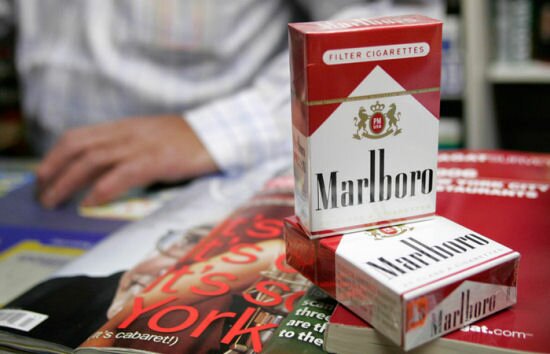A Jerusalem resident who works in Tel Aviv has discovered that Strauss ice cream products sold in east Jerusalem are one-third the price of the exact same products sold in the western part of the capital and in central Israel. Shlomi lives in the French Hill neighborhood, but buys ice cream for his daughter in the nearby Arab neighborhoods of Beit Hanina, Shuafat and Sheikh Jarrah.
“The price of ice cream bars has become very expensive recently,” he tells Ynet, “and the same products are sold there for ridiculous prices.
“A Popsicle sold here for NIS 2.5 (72 cents) and in Tel Aviv for NIS 3.5 ($1) is sold there for only NIS 1 (29 cents). A simple Cornetto sold in Jerusalem and Tel Aviv for NIS 7.5 ($2.16) is sold there for NIS 2.5. Why?”
Shlomi visited Strauss’ website and asked the same question. “They wrote me back, claiming that they have no control over their prices. There’s a recommended consumer pricelist, but they can’t limit the prices.
“I think it’s impossible. There are differences between cities and neighborhoods because of rent prices and types of population, but here we see price differences of 150% or more.”
‘Other products not much cheaper’
According to Shlomi, the price differences are not the result of the cheaper rent and much lower income of the local population, in light of the prices of other products in the Arab neighborhoods’ stores.
“It’s just the ice cream. The rest of the products are not much cheaper than in stores in the Jewish sector,” he says.
“Cottage cheese costs NIS 7 ($2) there, 1 liter of Heinz ketchup costs NIS 17 ($4.90), six bottles of Neviot water cost NIS 14 ($4), and pasta costs NIS 7-8 ($2-2.30). Marlboro cigarettes cost NIS 22 ($6.35) there while we pay NIS 24 ($6.95), but that’s a small difference compared to the strange differences in ice cream prices.
“If Strauss Ice Cream are not giving them a special price, how is it possible that all other products are sold for prices similar to the Jewish sector? It’s impossible that the store is willing to sustain such big losses on ice cream. Could it be that the company has decided to absorb the losses to gain a large amount of sales?
“I believe it’s in Strauss’ interest to sell to one population at rock bottom prices and to another at high prices. It’s a trend. I saw the ice cream cases arriving at one of the stores there, and it says ‘sector’ on it, because it’s a special production with Arab captions, and I believe the price is special too.
“The taste is the same taste and the product’s size is the same size. I have to buy there because I can’t afford ice cream for my daughter at the current prices.”
Strauss Ice Cream said in response, “The consumer price is not determined by us, but by the retailers themselves. Strauss Ice Cream has a uniform pricelist for all products. It should be noted that the variety of products offered by the company includes products designated for different sectors.”
